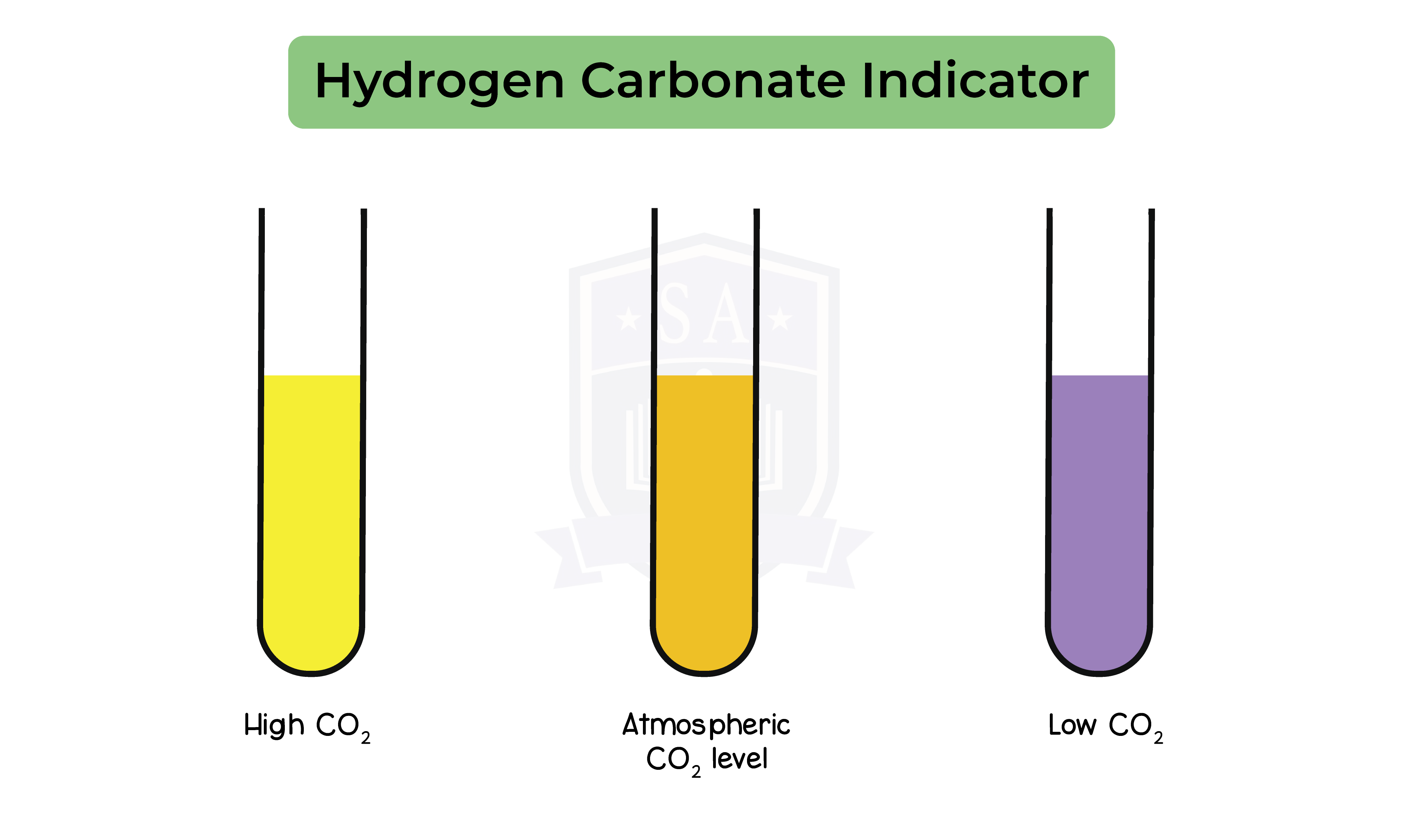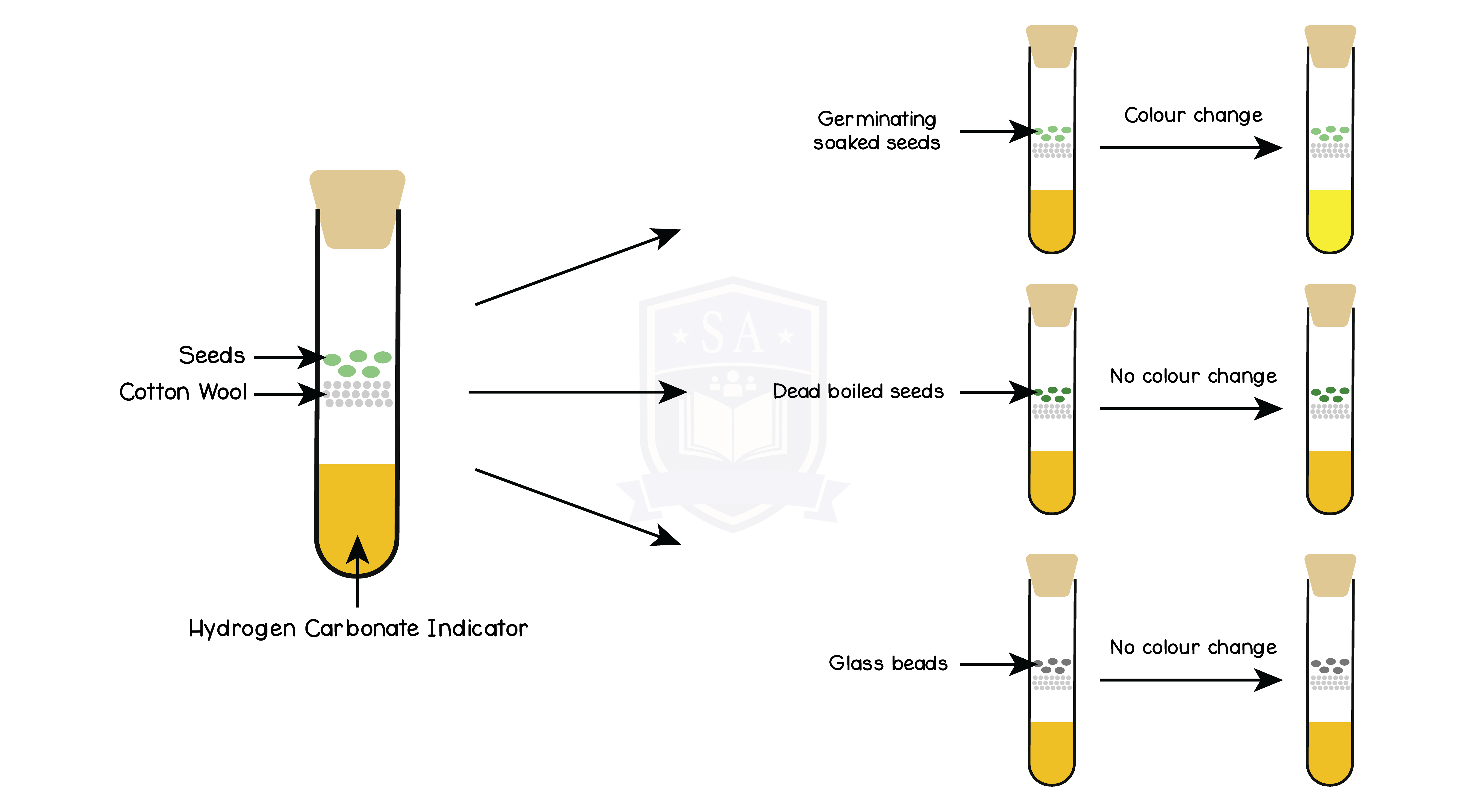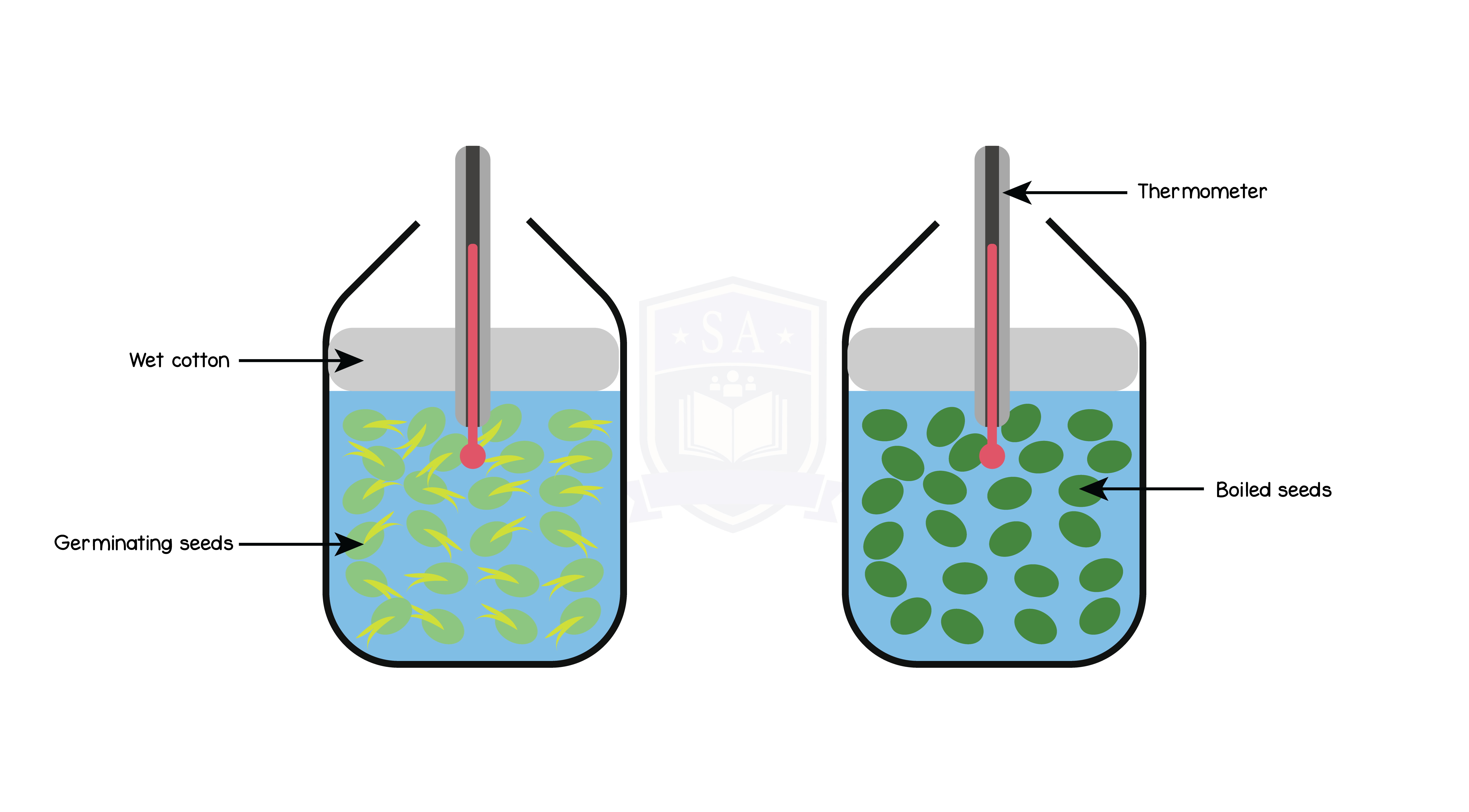REVISION NOTES
2.7.1 Understand how the process of respiration produces ATP in living organisms
Respiration:
Energy is released from glucose in the form of ATP (adenosine triphosphate)
2.7.2 Identify the sources and describe the functions of carbohydrate, protein, lipid (fats and oils), vitamins A, C and D, the mineral ions calcium and iron, water and dietary fibre as components of the diet
ATP provides energy for the cells:
ATP is used for:
2.7.3 Describe the differences between aerobic and anaerobic respiration
Aerobic respiration:
Anaerobic respiration:
2.7.4 Describe the structure and function of the human alimentary canal, including the mouth, oesophagus, stomach, small intestine (duodenum and ileum), large intestine (colon and rectum) and pancreas

2.7.5 Understand how food is moved through the gut by peristalsis
Anaerobic respiration in animals:
Anaerobic respiration in plants:


2.7.6 Practical: investigate the evolution of carbon dioxide and heat from respiring seeds or other suitable living organisms
Production of carbon dioxide practical:




© 2025 Studia Academy. All rights reserved.